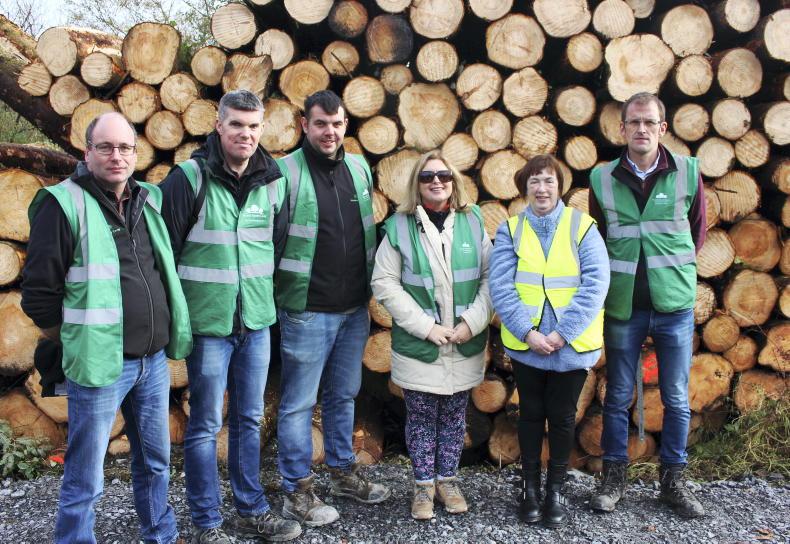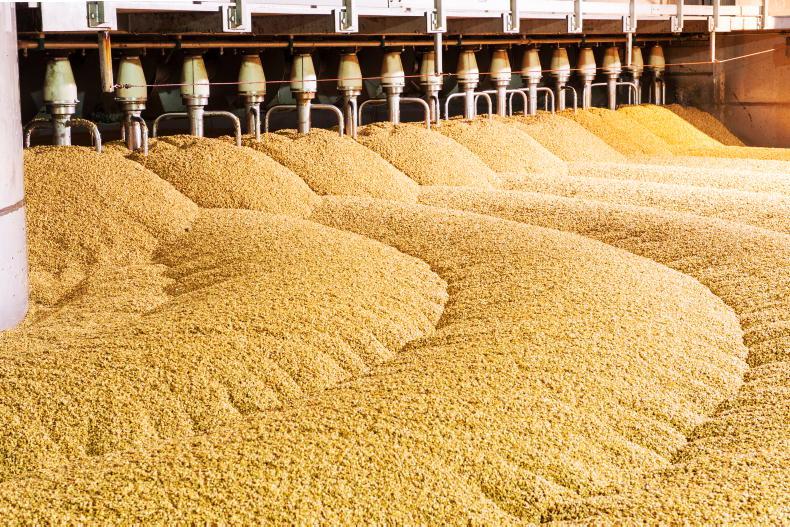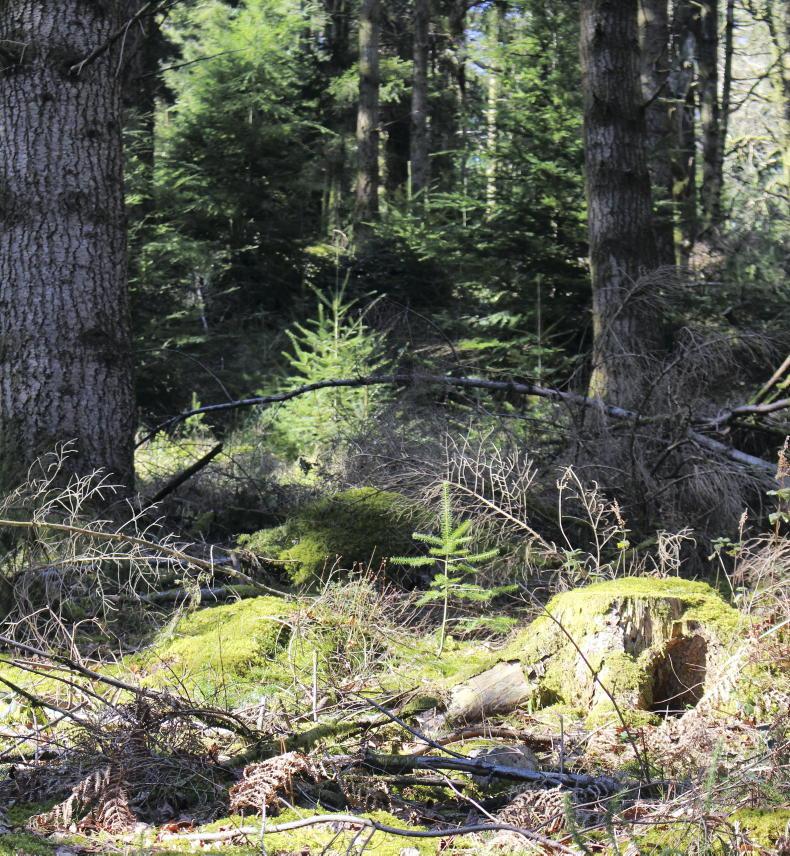There are two major climate agreements which are relevant to Ireland’s emissions targets: the Kyoto Protocol and the Paris Agreement. Both agreements have different targets as well as different carbon accounting methodology.
The Kyoto Protocol, which ran from 2005 to 2012/20 focuses only on reducing atmospheric greenhouse gas (GHG) emissions, accounting for above-ground emission savings only.
It therefore only accounted for GHG savings associated with change of land use (planting forestry, biomass, renewable energy etc) and there are no mechanisms to earn credits from increasing soil carbon within an existing land use.
This was superseded by the 2015 Paris Agreement, which came into effect in 2021 and runs to 2030 with revisions thereafter out to 2050. The EU has committed to reducing GHG emissions by at least 40% by 2030 compared to 1990 levels under that agreement.
The Paris Agreement focuses on decarbonisation and is considerably more extensive in scope. One big change in the agreement was that it broadened the carbon accounting methodology to include carbon above and below the ground.
As a result, countries can now start accounting for increasing soil carbon on existing farmland under the agreement.
Many EU countries chose to adopt the Paris Agreement and its carbon accounting methods in its entirety. France is a good example of this where farmers are now generating soil carbon credits.
Derogation
However, the Irish Government sought a derogation in 2018 to extend the current accounting provisions under the Kyoto Protocol out to 2030 instead of adopting the Paris Agreement in its entirety.
Therefore, the Irish non-emission trading sector (ETS), including agriculture, is committed to Kyoto Protocol accounting methodology.
This effectively limits the carbon-saving measures which are accountable at national level to afforestation and re-wetting of peatlands, as chosen by Government. Therefore sequestered carbon on farmland under the current policy can't be accounted for to reduce national agricultural emissions until 2030.
One important point, however, is that companies within the ETS (ie many of the large dairy processors) are fully aligned to the Paris Agreement. This means that farmers within their supply chains can sequester carbon on their farmland and generate credits to offset the company’s emissions.










SHARING OPTIONS